The iPhone 17 Slim won't have a SIM card tray because it is too thin to have one, and it probably won't have mmWave either.
The iPhone 17 Slim, also referred to as the iPhone 17 Air, is anticipated to be a very thin model of smartphone. Previous rumors have proposed it could be 6mm thick, which would make it an extremely narrow device.
Due to its size, compromises will have to be made for some components, such as the camera bump. However, it now seems that physical SIM cards could be ruled out entirely for the model.
According to sources of The Information, Apple won't be including a physical SIM card tray in the model. Prototypes haven't included one because engineers simply can't fit one into the body.
This means the iPhone 17 Slim will go on sale as an eSIM-only device.
A missing SIM tray won't be a bother for Apple's US users. Since the iPhone 14, Apple hasn't been selling iPhones in the United States with a physical SIM card tray, instead pushing users and carriers into embracing eSIM.
However, in other countries, Apple still sells iPhones with SIM card trays as well as eSIM capabilities.
China regulatory issues
The main reason Apple has pushed eSIM in the United States and not in other regions is because of identity.
For a start, carriers have to invest in new systems to use eSIM in the first place. This gives a way for carriers to remotely verify the identities of users, and to activate SIMs without visiting a store in the first place.
Carriers in the U.S. have embraced it, but other countries are not quite as quick to join in. China is one of them.
China uses a real-name registration system, which is enforced for all mobile phone use. Current eSIM systems don't allow for verification to the same level as China's system, and so carriers don't tend to support eSIM, with the exception of the Apple Watch and iPad.
This was evident in 2017, when cellular service was shut off for the first cellular Apple Watch to use an eSIM in China. Regulators later decided to ease eSIM controls for the Apple Watch.
The regulators are looking into the technology and its impact on smartphones. However, it is unclear if a similar loosening of regulations will occur before the iPhone 17 Slim's release.
Unless the regulators agree to make smartphone eSIMs viable for carriers to use, it seems unlikely that the iPhone 17 Slim will be available in China. That is, unless Apple's engineers can somehow jam the SIM tray in there.
Modem and mmWave
One other change that will probably affect the iPhone 17 Slim will be the modem, with the report claiming that it will be among the first iPhones to use Apple's in-house 5G modem instead of a Qualcomm one.
The modem, codenamed Sinope, is reportedly smaller than Qualcomm's version, and can consume less power. This could benefit the Slim by enabling it to use a slightly smaller battery, saving space.
At the same time, it could be another compromise for consumers. It is said that peak speeds for the Apple modem aren't quite as high as Qualcomm's modem, and are slightly less reliable in maintaining a cellular connection overall.
For users with higher bandwidth needs, there's a further problem. A source says that mmWave support is not included in the modem, meaning it won't work using the high-speed connectivity bands of 5G.
It will still connect using 5G's sub-6Ghz bands, so it will still have comparable speed to other non-mmWave devices.
 Malcolm Owen
Malcolm Owen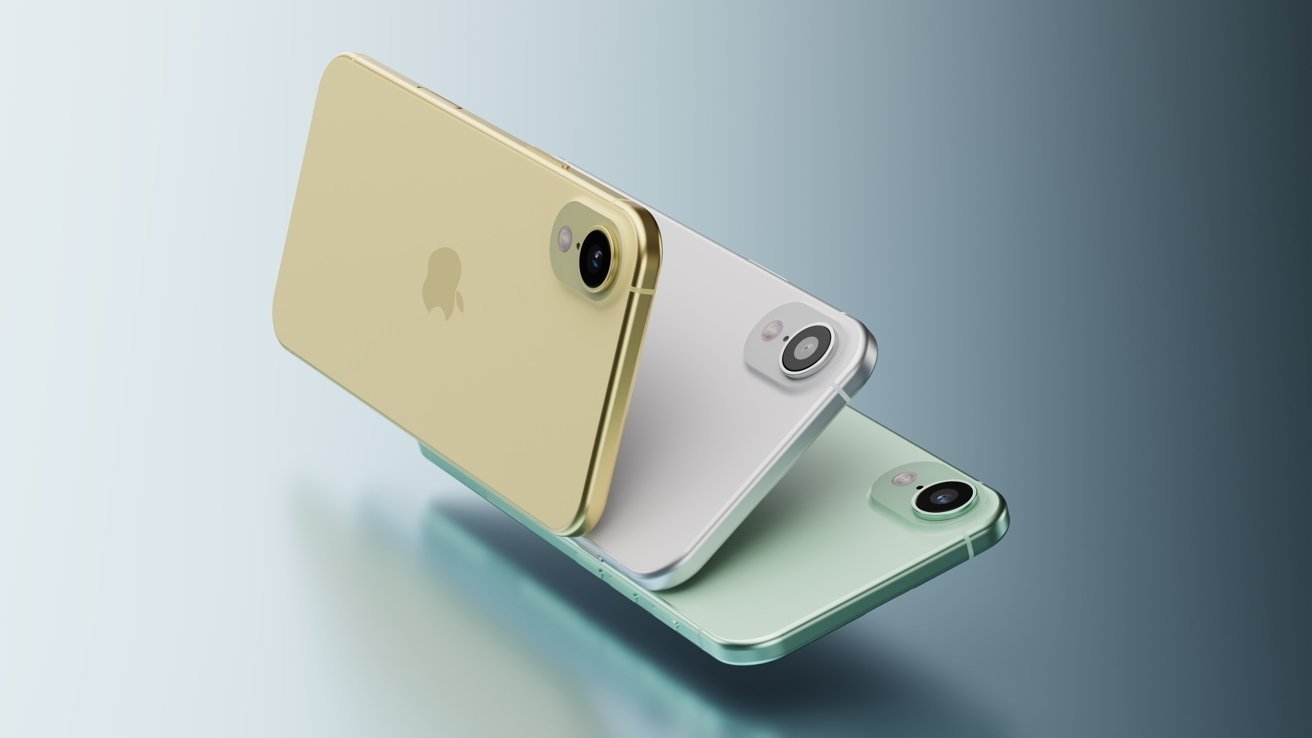
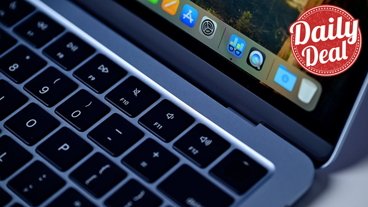



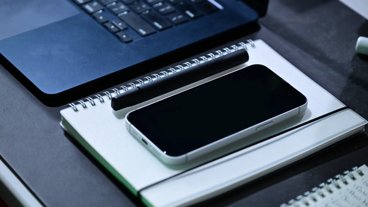
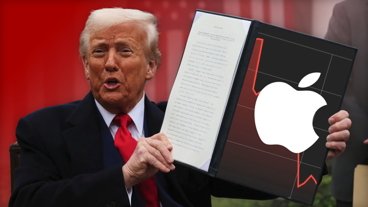

-m.jpg)





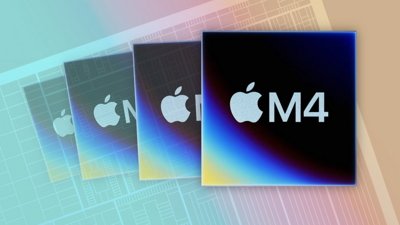
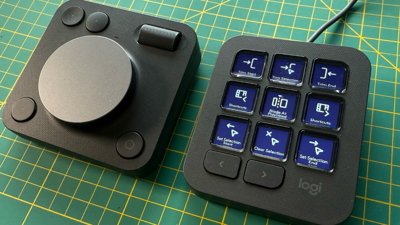
 William Gallagher
William Gallagher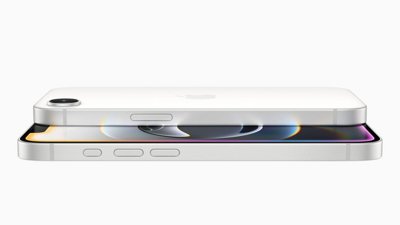
 Andrew Orr
Andrew Orr



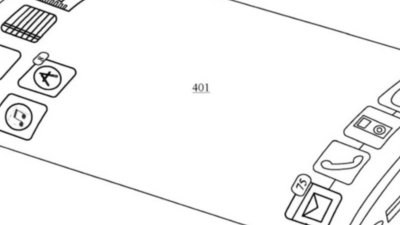
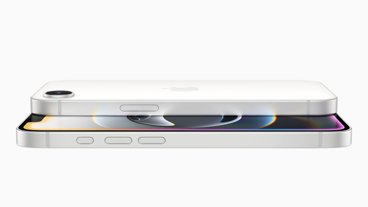
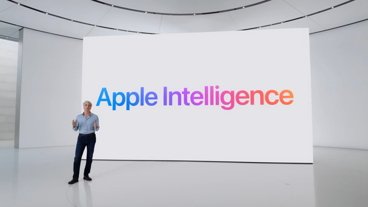


-m.jpg)




26 Comments
It’s fine regarding mm wave as it’s almost useless for most people. Additionally, it’s almost nowhere here in the USA. And except for Japan which installed a network for the Olympics, no other country seems interested either.
It makes sense for Apple to put their first cellular modem into a low-end device, as one can reasonably expect a lot of teething problems.This isn't a knock on Apple, it's more that it's an insanely hard problem and pretty much nobody gets it right the first time.
Cellular handover reliability at high speed is essential in China, Europe and Japan where high speed rail systems are commonplace. Also, a reliable cellular connection is essential in places like tunnels and buildings where street cellular penetration isn't great.
The tradeoffs in the name of slimness aren't looking great if the rumours prove to be true.
In terms of thickness, 6.6mm is plenty to accommodate a nano SIM tray and in terms of overall volume, it should be doable and feasible too (especially if 'thin' also means 'large' in terms of screen dimensions)
Sigh, who cares? Can we please get an iPhone XX mini instead? Slimness is not a trait that matters anymore, nor does it make sense ergonomically, and the camera bump will stick out even more :(. Steve Jobs is turning over in his grave.